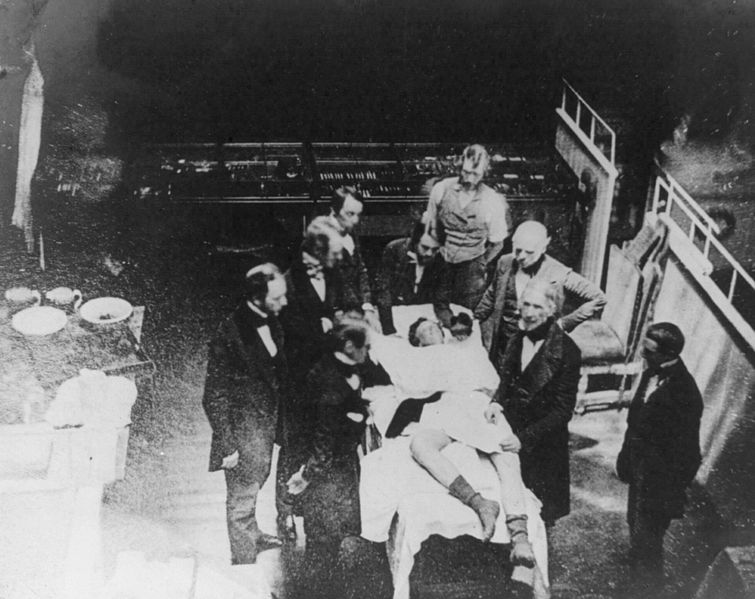From “Slow Ideas,” another excellent Atul Gawande New Yorker article, this one about why some innovations are almost instantly sticky and why others get stuck:
“This has been the pattern of many important but stalled ideas. They attack problems that are big but, to most people, invisible; and making them work can be tedious, if not outright painful. The global destruction wrought by a warming climate, the health damage from our over-sugared modern diet, the economic and social disaster of our trillion dollars in unpaid student debt—these things worsen imperceptibly every day. Meanwhile, the carbolic-acid remedies to them, all requiring individual sacrifice of one kind or another, struggle to get anywhere.
The global problem of death in childbirth is a pressing example. Every year, three hundred thousand mothers and more than six million children die around the time of birth, largely in poorer countries. Most of these deaths are due to events that occur during or shortly after delivery. A mother may hemorrhage. She or her baby may suffer an infection. Many babies can’t take their first breath without assistance, and newborns, especially those born small, have trouble regulating their body temperature after birth. Simple, lifesaving solutions have been known for decades. They just haven’t spread.
Many solutions aren’t ones you can try at home, and that’s part of the problem. Increasingly, however, women around the world are giving birth in hospitals. In India, a government program offers mothers up to fourteen hundred rupees—more than what most Indians live on for a month—when they deliver in a hospital, and now, in many areas, the majority of births are in facilities. Death rates in India have fallen, but they’re still ten times greater than in high-income countries like our own.
Not long ago, I visited a few community hospitals in north India, where just one-third of mothers received the medication recommended to prevent hemorrhage; less than ten per cent of the newborns were given adequate warming; and only four per cent of birth attendants washed their hands for vaginal examination and delivery. In an average childbirth, clinicians followed only about ten of twenty-nine basic recommended practices.
Here we are in the first part of the twenty-first century, and we’re still trying to figure out how to get ideas from the first part of the twentieth century to take root.”
Tags: Atul Gawande

